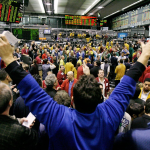Il Sodoma (1477-1549), born Giovanni Antonio Bazzi, was an Italian painter of the High Renaissance and Mannerist periods. He was active chiefly in and around Siena, with two periods in Rome. He was known for his skill in fresco painting, and his works are characterized by their elongated figures, soft modeling, and rich color palette.
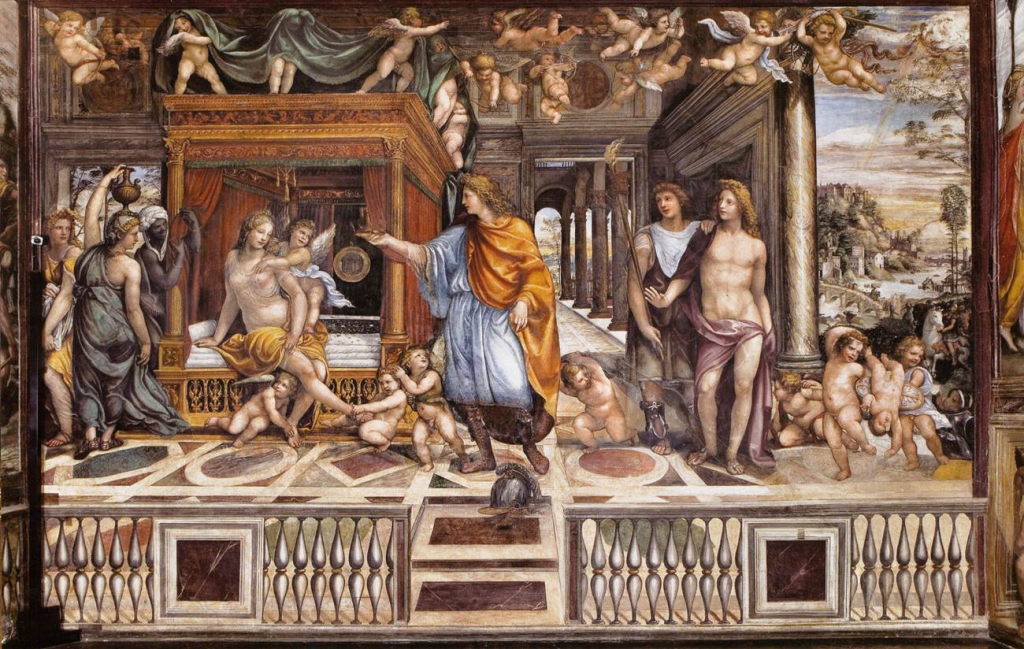
Sodoma was born in Vercelli, Italy, in 1477. He trained in Siena with Pinturicchio, and his early work shows the influence of his master’s style. In 1502, Sodoma was invited to Rome by the Sienese merchant Agostino Chigi to paint frescoes in the Chigi Chapel in the church of Santa Maria della Pace. These frescoes, which include The Marriage of Alexander and Roxanne and The Rape of the Sabine Women, are among Sodoma’s most famous works.
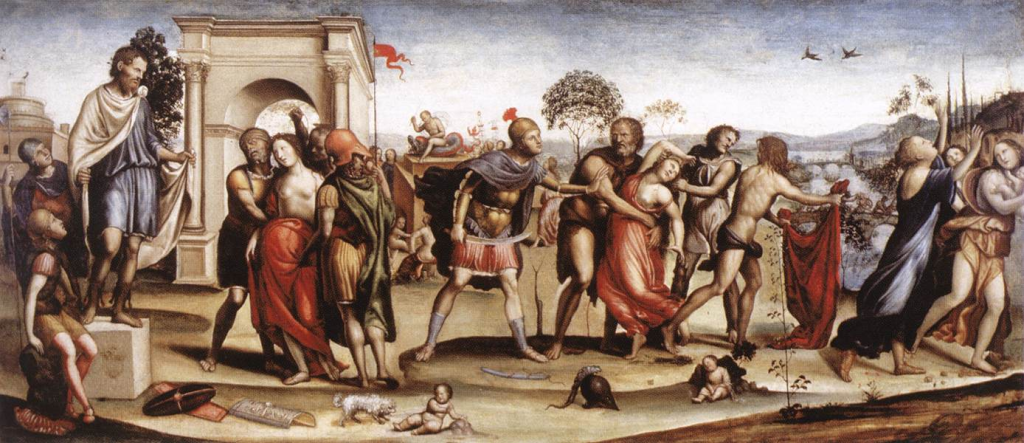
In 1508, Sodoma returned to Siena, where he continued to paint frescoes and altarpieces. He also began to experiment with Mannerist styles, which were becoming increasingly popular in Italy at the time. Sodoma’s Mannerist works are characterized by their elongated figures, distorted perspectives, and artificial colors.
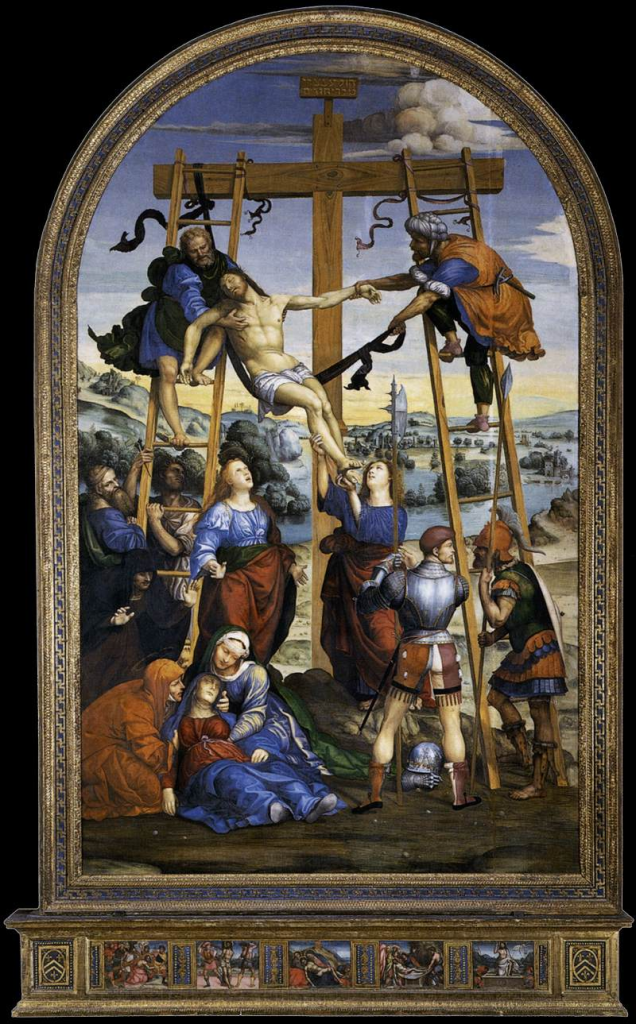
In 1513, Sodoma was again invited to Rome by Pope Julius II to work on the frescoes in the Vatican Palace. However, he left Rome after only a few months, reportedly due to a disagreement with the Pope. Sodoma returned to Siena, where he spent the rest of his career.
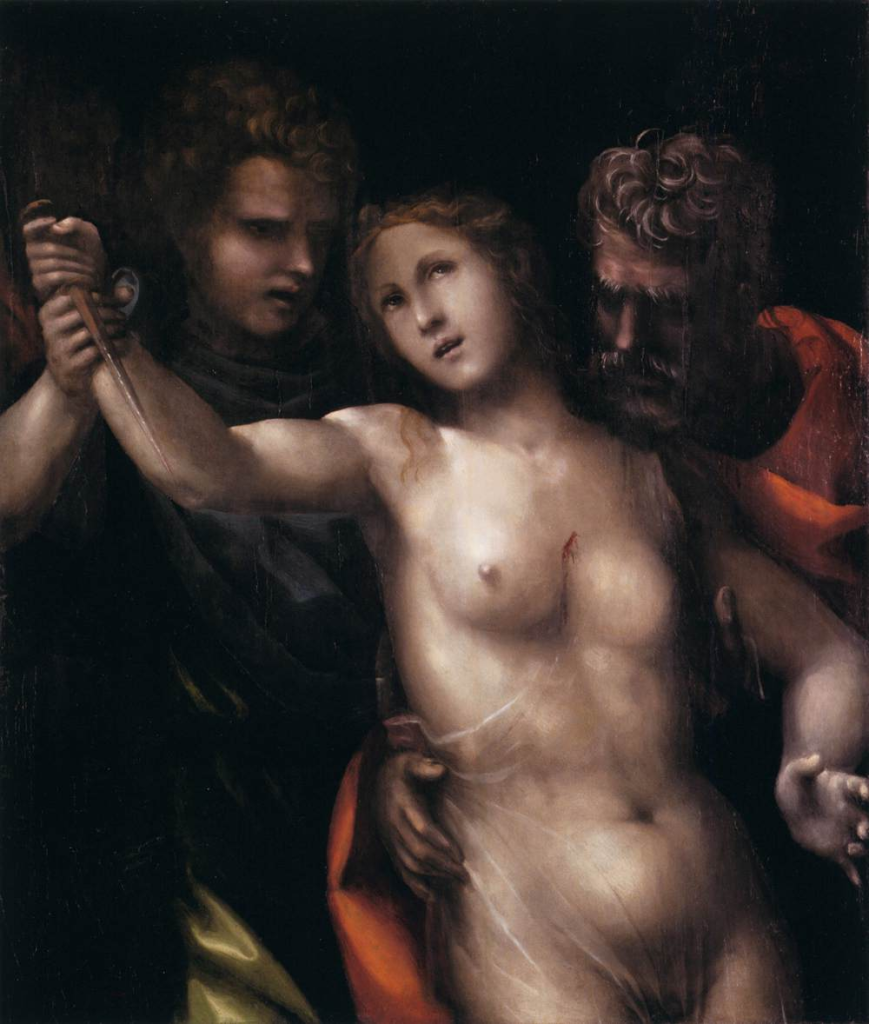
Sodoma died in Siena in 1549. He was one of the most important painters of the High Renaissance and Mannerist periods, and his works are still admired today for their beauty, skill, and originality.
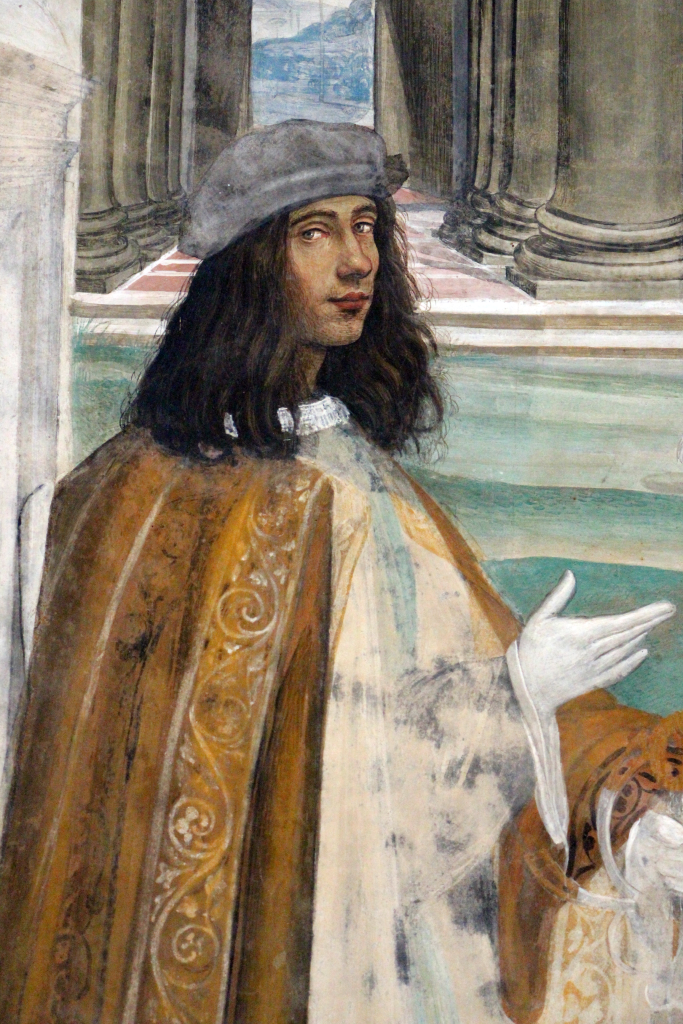
Some critics see in Sodoma’s Madonna in the Pinacoteca di Brera (if it really is by him) the direct influence of Leonardo da Vinci. Modern criticism tends not to follow Morelli in supposing that Raphael painted Sodoma’s portrait next to himself in The School of Athens, while a drawing at Christ Church is supposed to be a portrait of Raphael by Sodoma.

Among his masterpieces are the frescoes, completed in 1526, in the chapel of St. Catherine of Siena painted for the church of San Domenico (Siena), depicting the saint in ecstasy, fainting as she receives the Eucharist from an angel. In the Oratory of San Bernardino, are scenes from the history of the Virgin, painted in conjunction with Pacchia and Beccafumi (1536–1538). These frescoes depict the Visitation and the Assumption. In San Francesco are the Deposition from the Cross (1513) and Christ Scourged. Many critics regard one or the other of these paintings as Sodoma’s masterpiece. In the choir of the Pisa Cathedral is the Sacrifice of Abraham, and in the Uffizi Gallery of Florence a St. Sebastian.
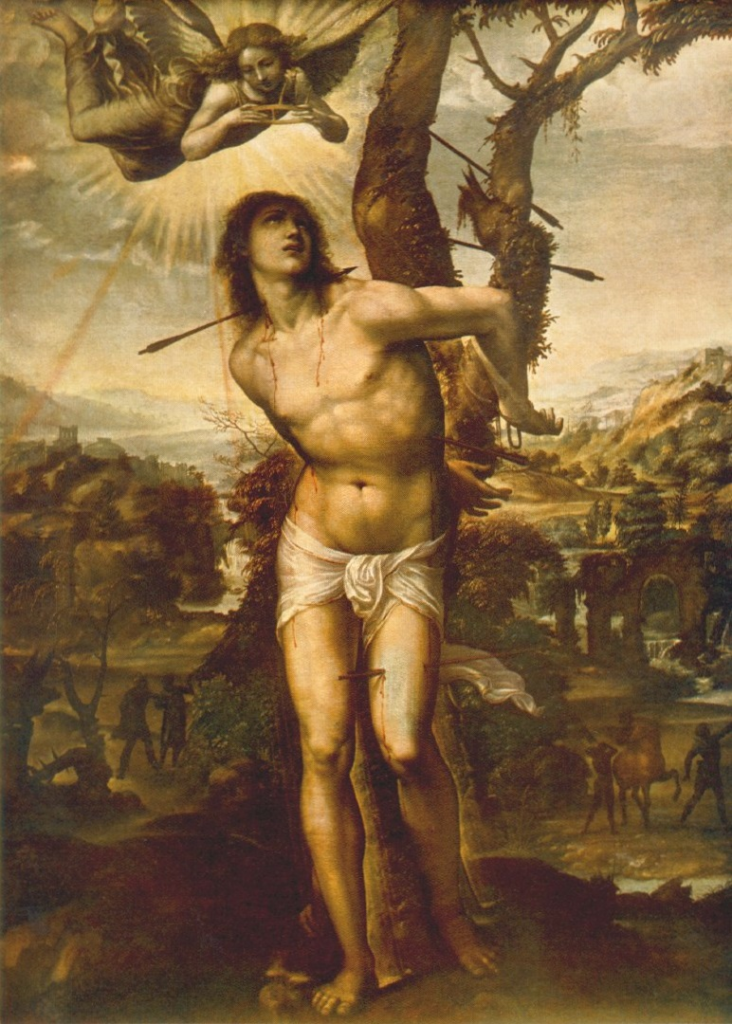
Some of his works, including the Holy Family now in the Pinacoteca, Siena have been mistaken for works of Leonardo da Vinci. His easel pictures are rare; there are two in the National Gallery, London.
Here are some of Il Sodoma’s most famous paintings:
- Flagellation of Christ (1510) – Museum of Fine Arts, Budapest
- The Road to Calvary (1510) – Museum of Fine Arts, Budapest
- Cinuzzi Deposition (before 1513) – Pinacoteca, Siena
- The Death of Lucretia (1513) – Museum of Fine Arts, Budapest
- Saint George and Dragon (1518) – National Gallery of Art, Washington, D.C.
- Rape of the Sabine Women (1525) – Galleria Nazionale d’Arte Antica, Rome
- St. Sebastian (1525) – Oil on canvas, 206 x 154 cm Galleria degli Uffizi, Florence
- Three Fates (1525) –Galleria Nazionale d’Arte Antica Rome
- Adoration of the Magi (c. 1530) – Sant’Agostino, Siena
- Ordination of Saint Alfonso (1530) – Santo Spirito, Siena
- Crying for dead Christ or Pietà (1533) – Museo Soumaya, Mexico City
- Saint Jerome in Penitence (c.1535-1545) – National Gallery, London
- The Holy Family with Saint John the Baptist and an Angel (c.1535-1545) – Musée des Beaux-Arts, Strasbourg
- The Mystical Marriage of Saint Catherine (1539–1540) – Galleria Nazionale d’Arte Antica, Rome
- Pietà (1540) – Galleria Borghese, Rome
- Sacra Conversazione (1542) – Museo Nazionale di San Matteo, Pisa
- Saint Sebastian with Madonna and Angels (1542) – Museo Nazionale di San Matteo, Pisa
- Allegory of Celestial Love, Chigi-Saracini Collection, Siena
- Leda Galleria Borghese, Roma
- Santa Maddalena (Collezione privata)
- The Marriage of Alexander and Roxanne – Fresco, Villa Farnesina, Rome
- Procession to Calvary – Museum & Gallery, Inc., South Carolina
- Pietà (Collezione privata)
Il Sodoma’s paintings are characterized by their elongated figures, soft modeling, and rich color palette. He was a master of fresco painting, and his works are still admired today for their beauty, skill, and originality.
Shayne Heffernan


